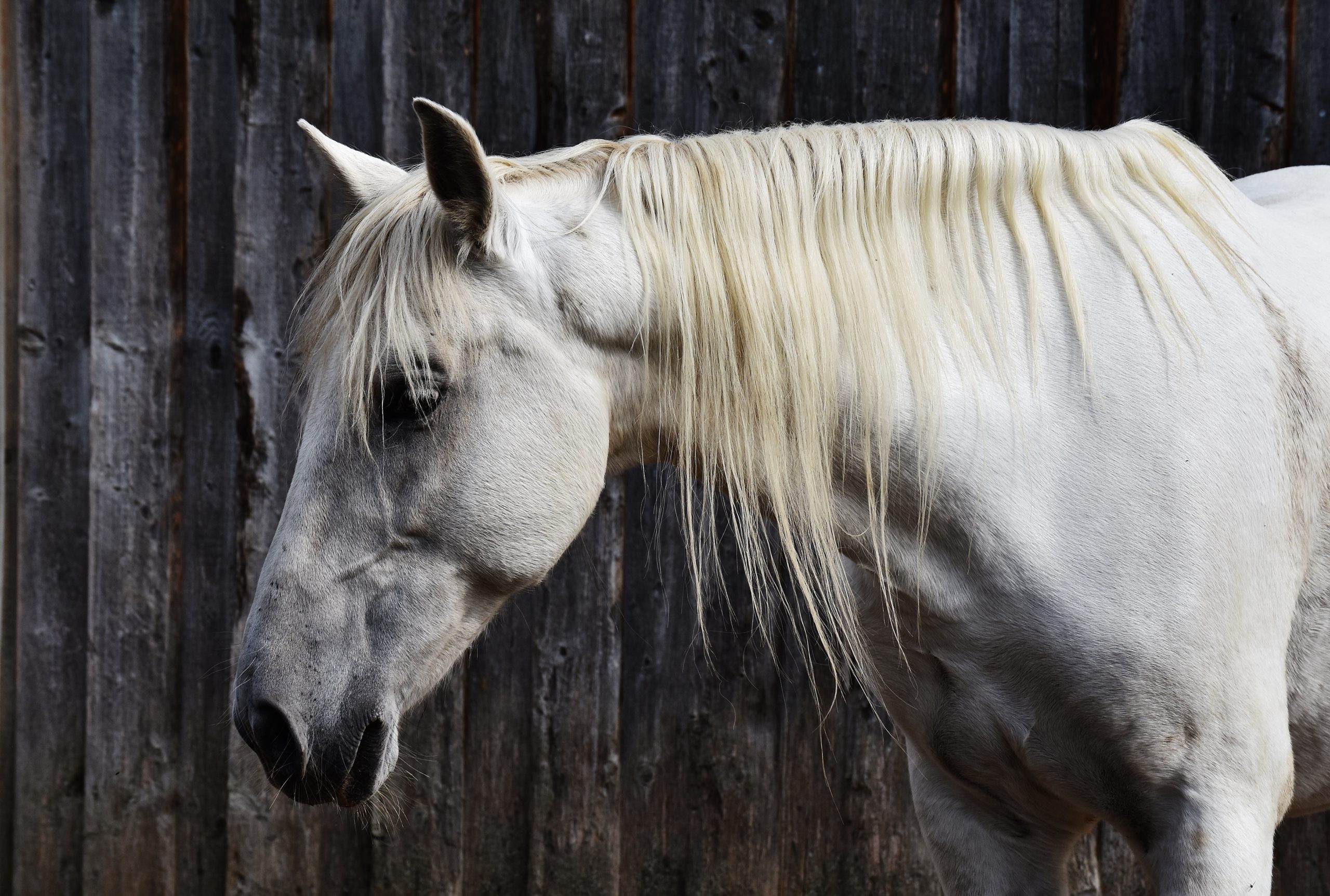Old dogs and cats often have stiff old bones and joints. These poor pets creak and hobble around the house, struggle up and down stairs and work especially hard to get to their feet in the chilly mornings.
Don’t assume that this is a normal ‘old age thing’ and that nothing can be done. The truth is that old pets with arthritis have a new lease on life if treated properly and there is no reason to allow your dog to suffer the pain of ‘old bones’.
What is arthritis?
Arthritis refers to a disorder of the joint. It can have many causes, including infection, immune system disorders, cancer and trauma, but commonly refers to the degenerative changes occurring in joints. A more correct name is degenerative joint disease (DJD) or osteoarthritis (OA).
Degenerative joint disease refers to damage to the joint cartilage and adjacent bone caused by abnormal stresses on the joint. These stresses are due to an abnormality in the joint which may be inherited, such as hip dysplasia, or caused by trauma, such as an accident or years of wear and tear on hard-working joints.
DJD is a chronic, progressive disorder characterised by cartilage damage, proliferation of new bone, and thickening of the joint capsule.
What causes arthritis?
Arthritis is caused by wear and tear on the joints in an animal’s body. 1 in 5 dogs is affected by arthritis. In dogs over 6 years of age, 65% have arthritis. Sometimes the cause is some form of trauma to the joints such as that which occurs with sprains and fractures. For instance, when a dog suffers from a ruptured cruciate ligament in its knee joint, arthritis in the damaged joint is quite common.
In other cases, the joints develop in an abnormal way and arthritis results. Hip dysplasia is a common developmental abnormality where arthritis often results. Normally a dog’s hip joint is a smooth ‘ball and socket’ joint but in hip dysplasia, the ball and socket more closely resemble a square peg in a round hole. As the dog walks, the ‘square peg’ grinds away mercilessly at the joint and arthritis develops.
Inflammatory conditions and infections in the joints will also cause arthritis.
Once a joint is injured, a cascade of damaging enzymes is released from the injured tissues. These enzymes cause further damage to the joint structure. The damaging enzymes spread deep into cracks that appear in the joint cartilage, severely damaging the underlying bone. The irritation causes the bone to react aggressively and boney outgrowths and spikes grow into and around the joint, crippling the pet and causing continual pain.
How will I know if my pet has arthritis?
Arthritis makes movement painful. For this reason, an affected dog or cat will be reluctant to exercise and is less likely to jump, play or chase balls. It is likely to have difficulty climbing stairs and many owners note the dog hesitates before it jumps into the back of the station wagon or utility, whereas previously this was no problem. Sometimes, these early signs are missed or ignored. That’s a big mistake because early treatment will really slow down the progression of the disease and will give pets a much better quality of life.
Dogs which have difficulty in rising after resting usually have arthritis. However, after they have struggled to get up, they tend to move more freely after they ‘warm up’. Dogs with arthritis will often lag behind during walks and they may limp. They have a stiff, stilted gait and show an exaggerated swinging of their hips as they walk. Some will yelp with pain when touched. Many dogs will start to soil the house because it is too difficult to go outside and some will become aggressive if they are disturbed or when owners or children try to move them.
Arthritis is common in old cats as well but it is very often missed. Affected cats have problems grooming themselves and look untidy. They walk with little quick back leg movements and often have difficulty using their litter tray accurately as they cannot squat when toileting. They may also be unable to jump up on the couch anymore and tend to sleep on the floor instead.
Certainly any animal with arthritis ‘loses its spark’ and has a reduced quality of life.
How is arthritis diagnosed?
A history of the problem is combined with a physical examination to determine the range of movement in a joint, any joint thickening or crepitus (a crunching/crackling feeling while manipulating the joint) and the degree of pain.
X-rays show the amount of new bone production, bone remodelling and other changes adjacent to the joint, narrowing of the joint space, and sometimes increased amounts of joint fluid.
It may be advised to sample the joint fluid to rule out other causes of joint pain, such as infection and immune-mediated problems, as these have specific treatments.
How will my vet treat arthritis?
The treatment depends on many factors including the underlying cause, the age of the dog, the degree of bony changes present, and the amount of pain and disability the condition is causing.
Treatment options include:
- Surgery – to correct underlying deformities, to stabilise joints affected by ligament ruptures, or to alleviate discomfort. The success of surgery depends on the condition being treated and the degree of degenerative changes already present. Surgery may also be indicated in some severe cases such as to remove the hip (Femoral Head and Neck Excision), replace the hip or fuse the affected joint (arthrodesis).
- Analgesic anti-inflammatories – non-steroidal anti-inflammatory drugs (NSAIDs) for pain relief. There are several safe, very effective NSAIDs formulated for animals that can be prescribed by your vet. Please do not give your pet human NSAID medications that contain paracetamol (e.g. Panadol), aspirin or ibuprofen (e.g. Nurofen) as they are potentially toxic with side effects including gastrointestinal upsets and ulcers, vomiting and/or diarrhoea, blood abnormalities, kidney and liver failure.
- Chondroprotective agents – medications that both stimulate cartilage repair and inhibit ongoing cartilage damage by inhibiting various destructive enzymes and prostaglandins found in arthritic joints. These drugs may also help by increasing the production of normal compounds within the joint which act as lubricants and protectants/strengtheners for the cartilage surface. A number of new, highly effective products are made with marine and plant-based ingredients. Chondroitin and glucosamine are two common supplements that are also useful and can be found in a variety of products, as well as in ‘joint formula’ commercial pet foods.
- Diet – obesity is a strong contributory factor, so weight reduction is essential to reduce stress on the joints.
- Exercise modification – encourage gentle on-lead exercise without periods of free running. Swimming is also a good exercise for dogs with arthritis, as it strengthens the muscles and ligaments surrounding joints without the stresses of weight-bearing exercise.
- Soft bedding – arthritis symptoms are always worse in the winter months so make sure your dog has a nice comfortable bed in a warm and easy to access place. Use ramps in place of stairs. Cats may need their bed in a less elevated position and consider a larger litter tray with low sides or cut out at the front so it can enter easily.
Contact your local veterinarian for advice about your pet’s condition. There are many different treatment options available and your vet can help you decide which treatment or combination will be most effective. Your old friend need not suffer the pain of arthritis any more.



